Manual lymphatic drainage
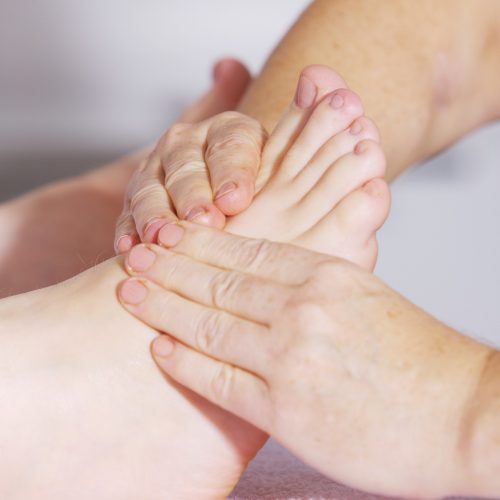
Manual lymphatic drainage – will help move the sap of your body, help remove waste products from its nooks and crannies and you will feel lighter and healthier
Manual lymphatic drainage is not only a therapeutic physical method, but also a therapeutic technique in which lymph is released and shifted in the lymphatic system. It mainly removes swelling, which arises primarily – most often congenitally – and secondarily – as a result of surgery, inflammation, injury or dysfunction of the lymph nodes, but it is also a method of rehabilitation and reconditioning.
What is the lymphatic system:
A certain amount of blood proteins is constantly released into our tissues, which cannot be washed back through the bloodstream. It is the lymphatic system that is used to collect them and return them to the blood. Thus, the lymphatic circulation begins blindly in almost all tissues of the human body and ends with two lymphatic strains that connect to the venous circulation.
When the lymphatic system is damaged or its function is slowed down, lymph begins to accumulate in the tissues, followed by swelling, so-called lymphedema. This swelling is painless, pale, cold, at first soft, later stiff.
Lymphatic edema can occur for the following reasons:
– a disorder in the development of the lymphatic system, is often hereditary and women are more affected
– as a result of occlusion or blockage of its bed, most often due to injury, surgery, infection
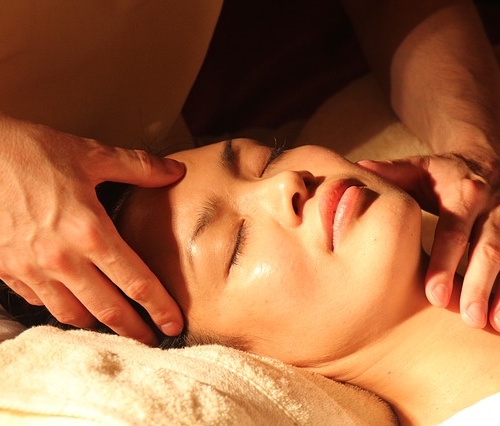
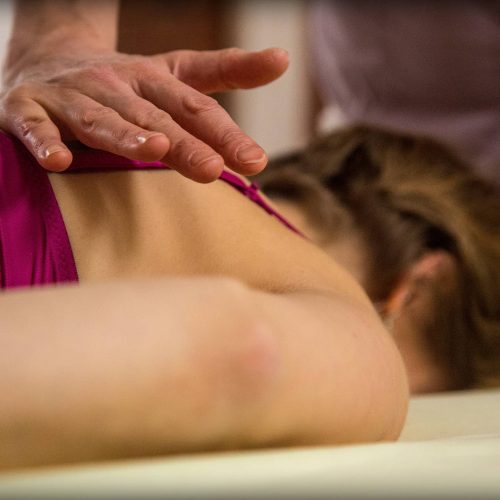
Lymphatic drainage versus massage:
After excessive work or sports performance, the muscles are in increased tension and the subcutaneous tissue is stiff. Classical or sports massage relaxes muscles and reduces muscle spasm, but lymphatic drainage massage is effective in removing intercellular fluid full of fatigue metabolites from muscles and nerves. It is also effective in reducing the accumulation of blood from small blood vessels. Fluid in the joint capsule is also eliminated after application. The effectiveness of manual lymphatic drainage is perceived immediately after application with a feeling of light, free limbs and the whole body. The accumulated metabolites are then released by the kidneys during or after therapy with increased urination. Lymphatic drainage also contributes to tissue revitalization.
Lymphatic drainage in post-traumatic conditions to accelerate healing
Why is lymphatic drainage better done manually:
The biggest advantage of manual lymphatic drainage over instrumental is the possibility of targeting the problem. The therapist sees and feels how the tissue and swelling react and adjusts the selection and number of repetitions of individual therapeutic touches. It always starts with emptying-releasing the central areas (nodes of the neck, armpits, groin) and then we move the lymph from the end parts (eg from the armpits to the toes).
How often is it appropriate to undergo lymphatic drainage?
- The need for lymphatic drainage treatment depends on the difficulties. In healthy people, when it comes to prevention and the purpose is to improve the detoxification of the body and immunity, it is enough to attend once a month.
- In acute conditions, such as post-traumatic or after surgery, lymphatic drainage is needed at first a higher frequency – even twice a week, then once a week until the problem disappears.
- For chronic conditions, it depends on the degree of difficulty, but it can generally be said once a week to two weeks.
- For each patient, the frequency is very individual and it is not possible to determine the given frequency in general, so the overview is very indicative!
For which diagnoses is the application suitable:
- swelling – lymphedema of all kinds – primary (congenital), secondary (acquired)
- varicose veins, venous thrombosis, post-thrombolic and posflebitic syndrome
- dermatology – skin diseases such as acne, erysipelas
- neurological diseases
- multiple sclerosis
- spasmatic paresis and paralysis
- migraines – lymphatic drainage has a significant sedative and analgesic effect of parasympathetic
- depression
- cervicobrachial syndrome
- trigeminal attacks, idiopathic neuralgia
- morbid bechterev
- coxarthrosis
- osteoarthritis of the shoulder joint
- breast ablation
- therapy of shin ulcers
- lipedema and pathological fat storage in the subcutaneous tissue – obesity and cellulite
- cleansing, detoxification, regeneration and acceleration of convalescence (lymphatic drainage supports the breakdown of cellular metabolism)
- scars – after surgery
- during constipation
- postoperative and post-traumatic conditions (distortion of ankle joints, after removal of plaster fixation, after breast ablation, abdominal surgery)
- conditions after irradiation or chemotherapy
- strengthening of immunity (strengthening of the lymphatic system subsequently leads to strengthening of the immune system)
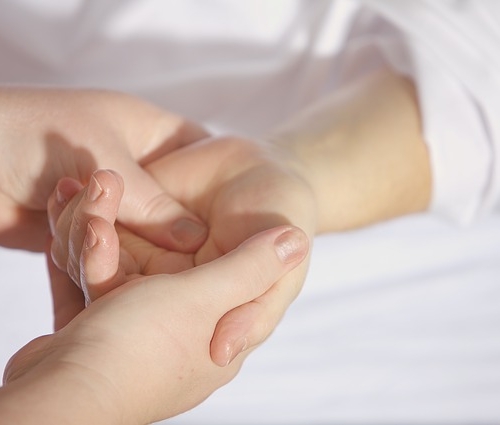
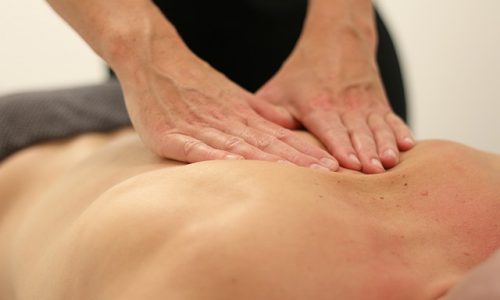
Contraindications to manual lymphatic drainage:
- Acute inflammatory diseases (influenza, viruses, fevers)
- Acute organ failures (heart, kidneys, liver, lungs, overload of these systems during manual lymphatic drainage)
- Oncological disease in the acute phase (acceleration of the transport of all cells through the lymphatic and subsequently venous system)
- Bleeding conditions, purulent skin wounds (increased possibility of bleeding, risk of transmission)
- Aneurysm (risk of embolization)
